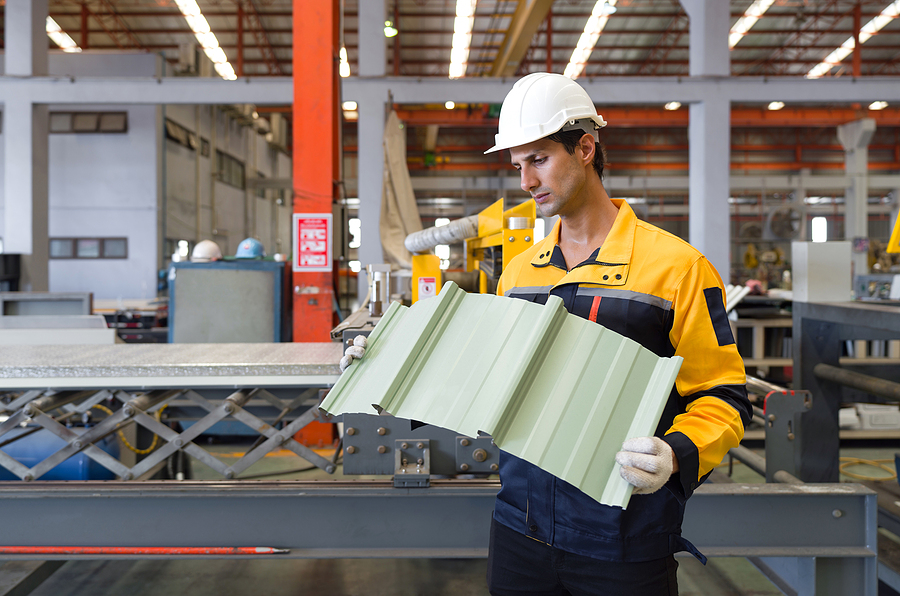Latest News
The Strange Experimental Round Corrugated Iron Shelter
There is a long connection between corrugated roofing sheets and the military, and the common slang term “wriggly tin” comes from British Army vernacular.
However, there is another, altogether more unusual connection that led to one of the most bizarre-looking prefabricated building designs of the early 20th century: the Nissen hut.
A Nissen hut is a half-cylinder structure constructed using a steel frame planted in the ground and a rounded shell made from corrugated iron.
It is named for its inventor, Major Peter Nissen, who was tasked with creating an economical, portable and easy-to-install temporary structure for military use in 1916 during the height of the First World War.
Inspired by the roof of the drill shed at Queen’s University in Kingston, Ontario, Canada, Major Nissen developed a design that looked somewhat unusual when finally constructed but built on intensely sound design principles.
By building the hut as a semicircle, it was incredibly simple to construct, consisting of just a frame and a corrugated shell that supported each other.
As well as this, because the rounded corrugated iron sheets could be cupped inside each other, a standard-sized Nissen hut could be stored in a single standard Army wagon, which was vital during a time when shipping capacity was pushed to its absolute limits.
Finally, it was exceptionally easy to put together, being designed for six men to set up in around four hours, with a world record set-up time of just under 90 minutes.
Over 100,000 were made in the last two years of the First World War alone, and whilst numbers waned during the interwar period, they were used again alongside the upgraded Romney hut starting in 1939 with the declaration of the Second World War.
After the war ended, many Nissen huts are still standing, which is a monument to the robustness of the design and of corrugated iron in general.
Construction Industry Faces Worst Month Since Financial Crash
How many steel cladding sheets did your business put up in June? If a good amount, you're one of few in the construction industry to have a successful month as, on average, June saw the worst construction output for 10 years, according to official figures.
The figures, which were reported by City AM, saw construction activity 'drop like a stone' to its lowest level since April 2009, right at the peak of the financial crash. The UK Construction Purchasing Managers’ Index fell sharply from a reading of 48.1 to 43, as demand for housebuilding plummeted during the month – and if that doesn't mean much to you, any reading under 50 signals a decline in the sector.
These latest woes, alongside many that are affecting both housebuilding, commercial building and civil engineering, has been blamed on continued Brexit uncertainty. New projects have been delayed with the the new October deadline in mind, which has hurt the industry across the supply chain. However, while output has tanked to similar levels, many are quick to point out that this downturn is negligible compared to what happened as a result of the 2008 financial crash.
Duncan Brock, group director at the Chartered Institute of Procurement & Supply, said that construction has become a less hardy industry in recent times: “This abrupt change in the sector’s ability to ride the highs and lows of political uncertainty shows the impact has finally taken its toll.”
Sterling also fell to $1.26 for every pound this week, and house prices continue to see only 'subdued' growth, meanwhile the manufacturing
Liversedge
01924 401020
Hull
01482 640118





